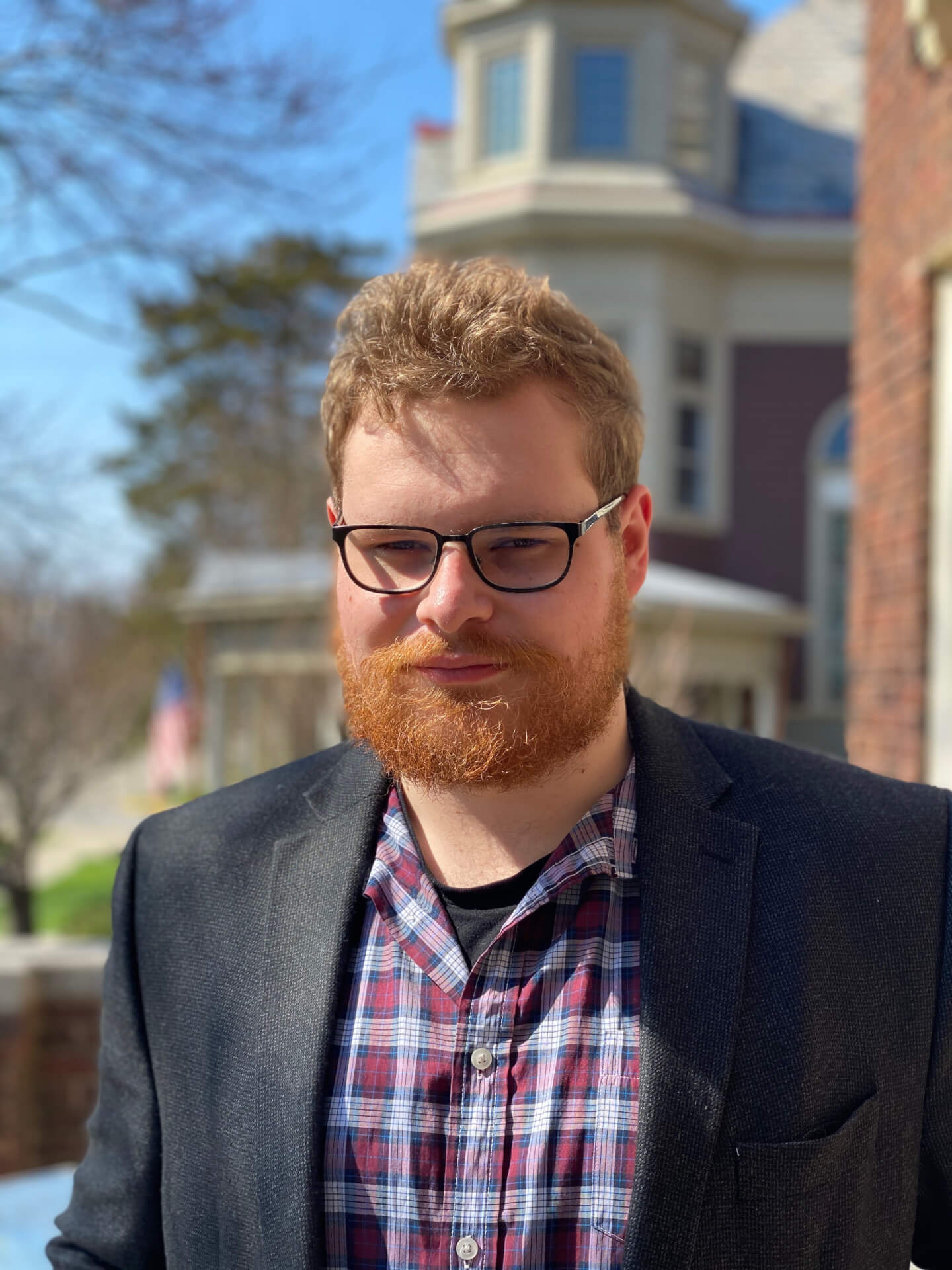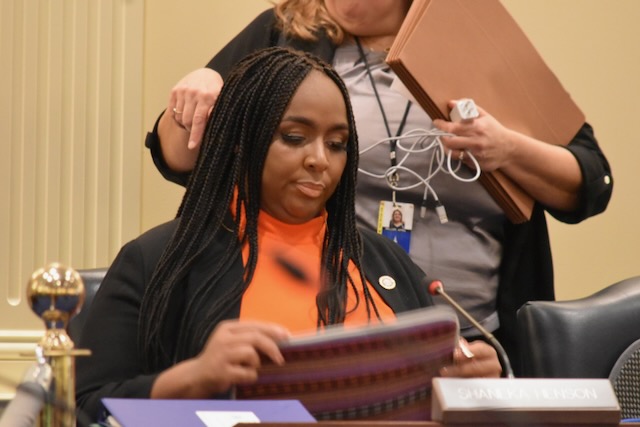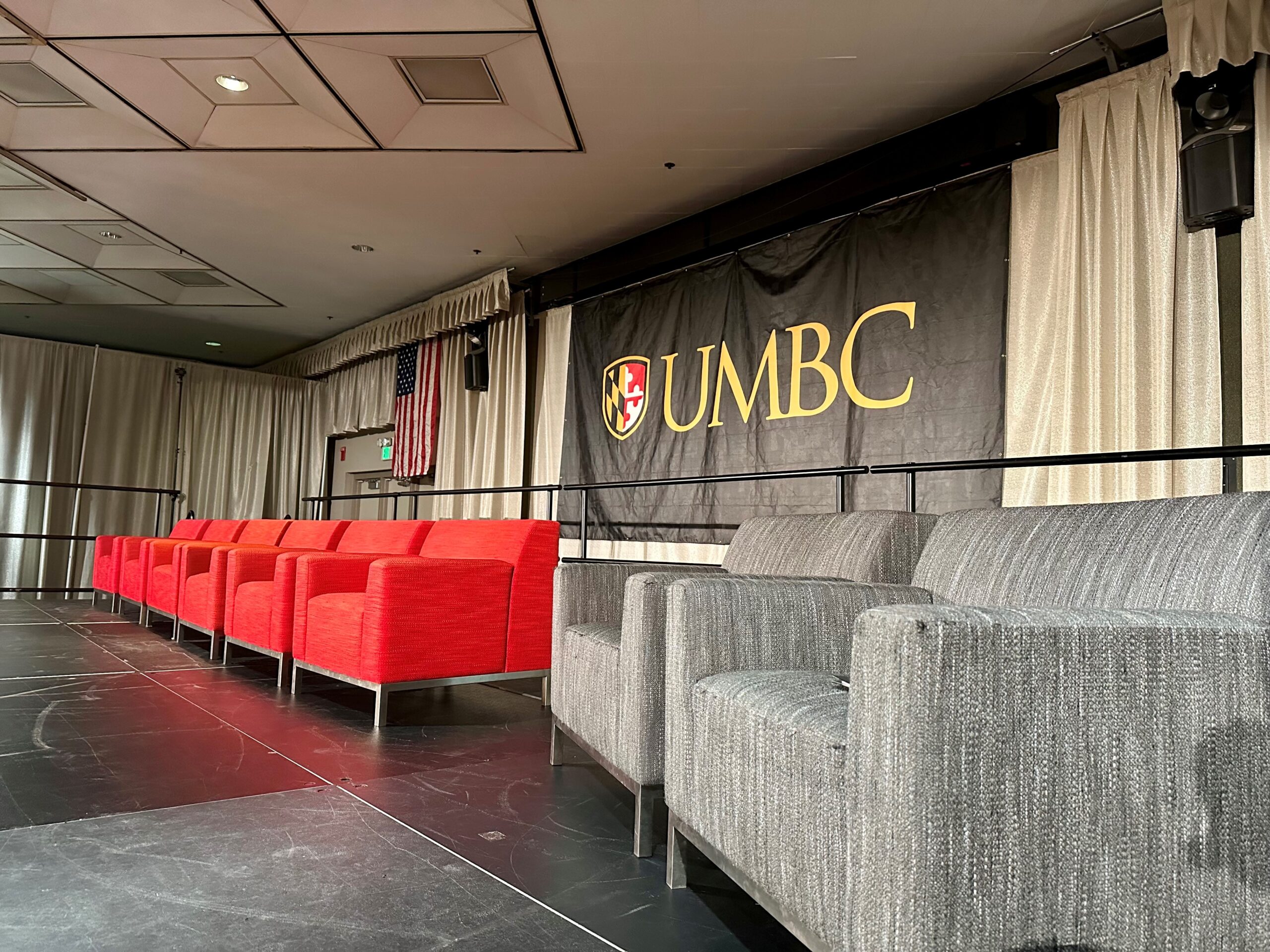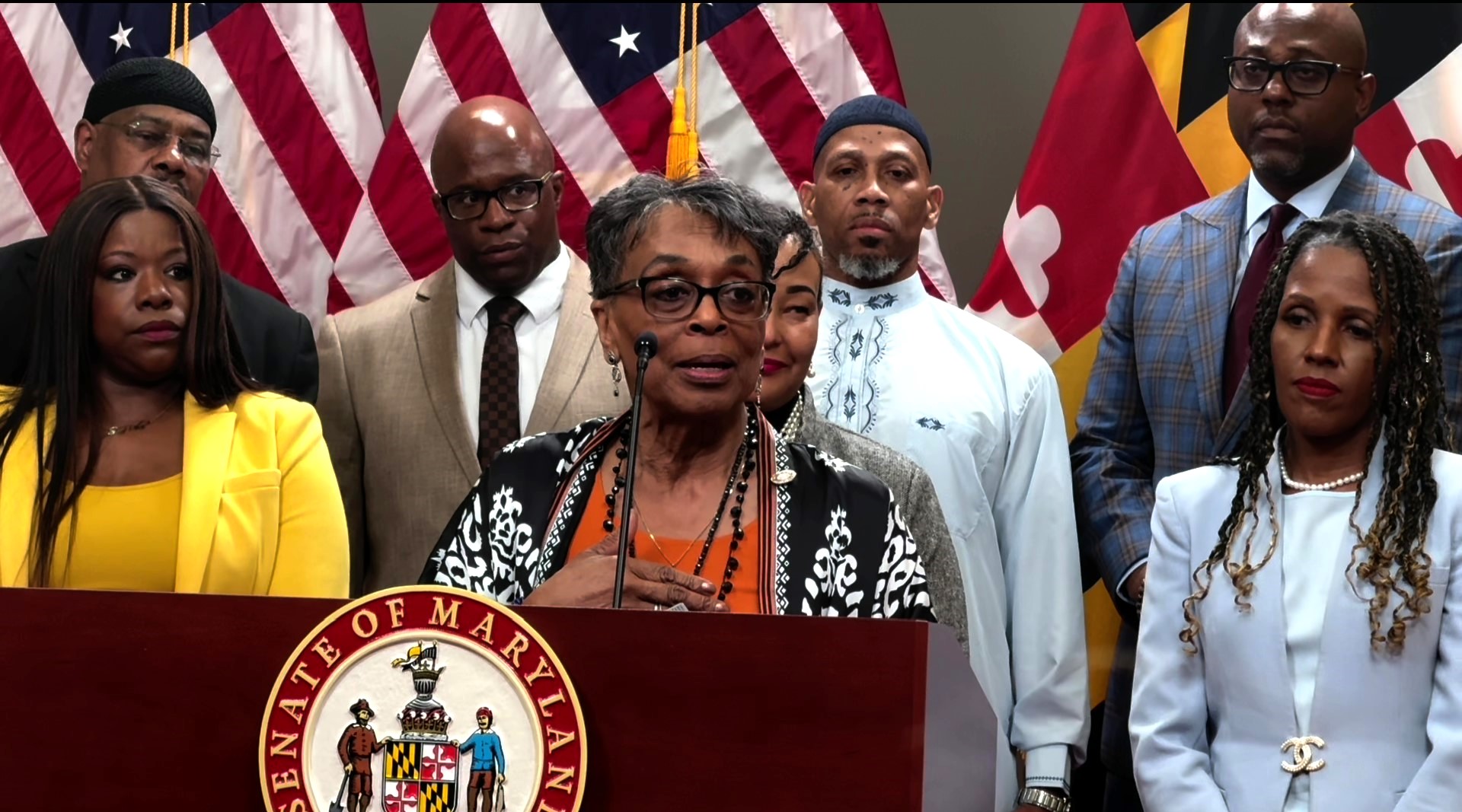Judge to Rule Soon on Whether Redrawn Baltimore County Council Map Complies With Voting Rights Act

U.S. District Court Judge Lydia Kay Griggsby said at a Monday hearing that she would try to rule this week as to whether a new Baltimore County council redistricting proposal complies with the federal Voting Rights Act.
Attorneys for challengers to the county council’s map — which includes just one majority Black council district and was adopted by the county council after Griggsby blocked their original proposal — said the new version still doesn’t comply with the Voting Rights Act.
Five of seven districts in the plan that was approved by the county council in December and later blocked by Griggsby were majority white and another, District 1, had a 49.41% white plurality in its voting age population. Roughly 30% of Baltimore County residents are Black, according to U.S. Census data, and nearly half are people of color, reflecting growing diversity in the county in recent decades.
The Baltimore County NAACP, Common Cause Maryland, the League of Women Voters of Baltimore County, and several Black voters in the county filed the federal lawsuit against the council’s redistricting plan in December.
Griggsby ordered the Baltimore County Council in February to adopt a new redistricting plan that included either two compact majority-Black districts, or an additional council district “in which Black voters otherwise have an opportunity to elect a representative of their choice.”
The council’s new proposal includes a District 4 with a smaller Black majority, 61.12% of the district’s voting age population, and includes a white plurality rather than a majority in District 2, with 45.80% of the district’s voting age population being white.
District 2 also has a higher percentage of Black residents, moving from 29.58% of the district’s voting age population in the council’s December map to 41.22% in the new map.
Griggsby said at a marathon evidentiary hearing Monday that whether the new District 2 offers Black voters an adequate chance to elect a candidate of their choice will be key to her eventual decision.
John A. Freedman, an attorney with the law firm Arnold and Porter who is representing the plaintiffs, said Monday that the new plurality white District 2 “doesn’t provide a meaningful opportunity for Black voters to elect their candidate of choice.”
Freedman said the plaintiffs still would have sued if the remedial plan had been originally enacted in December. He noted that the plaintiffs have submitted several maps that include two majority Black council districts, and asked Griggsby to leave the injunction in place.
Ava E. Lias-Booker, an attorney with the law firm McGuire Woods who is representing the county, argued that creating two majority Black districts with lesser majorities wouldn’t ensure a Black county council member. She said the “blind pursuit” of a second majority Black district would dilute Black voters’ power in District 4.
James Gimpel, a professor at the University of Maryland who testified on behalf of the county, argued that District 2 was already a “crossover district,” meaning a district where some white voters vote for the candidate preferred by Black voters, as it was previously drawn.
Baltimore County’s only current majority-Black council district, District 4, was drawn in 2001 after a push from civil rights activists. Residents of that district have elected a Black council member in every election since it was created, while majority white districts have elected white council members. Baltimore County Council Chair Julian E. Jones Jr. (D) is the only Black council member.
Matt A. Barreto, a University of California Los Angeles professor who testified on behalf of the plaintiffs, said he found that Black voters vote cohesively in the jurisdiction, with clear candidates of choice, particularly in western Baltimore County. He also said he found that white voters often voted as a bloc in the new District 2 against Black voters’ candidate of choice in various statewide elections, like Democratic candidate Ben Jealous in the 2018 gubernatorial election.
He added that, in maps submitted by the plaintiffs that include two majority Black districts, there is “no evidence that a Black candidate of choice would lose District 4” despite that district having a smaller Black majority in those maps.
Sen. Charles E. Sydnor III (D-Baltimore County), one of the plaintiffs in the lawsuit, said that the redrawn District 4 still has an unnecessarily high number of Black voters and could cede some voters to District 2 to create a second majority Black district.
“When it’s packed like that, that’s what you have to do,” Sydnor said.
Sydnor said that, as currently drawn, it would be difficult for a Black candidate to win in District 2. He added that he was elected to the House of Delegates in 2014 in a multi-member district with a 53% Black voting age population.
Jones said at the hearing that he conducted town halls on redistricting in his district last year and was told by community members that they wanted to remain in District 4. He also said that county council members wanted to draw District 4 in their remedial map with at least a 60% Black majority to ensure the election of a Black council member.
“The position from my community has been: A bird in the hand is worth two in the bush,” Jones said.
Asked whether the county council retained an expert to analyze how the redrawn county council map would perform, Jones said that the county council hadn’t and that the county council members themselves were “experts” in the county and its needs.
Lias-Booker noted that the defendants have until Thursday to appeal Griggsby’s initial injunction of the county council map; Griggsby said she would try to make a ruling on whether the council’s new map complies with the Voting Rights Act by then.




 Creative Commons Attribution
Creative Commons Attribution